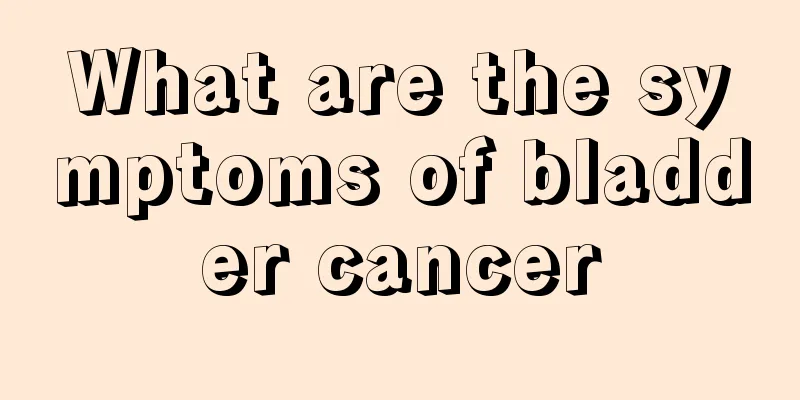What are the types of brainstem tumors?

|
Brainstem tumors can present with different symptoms. Patients with tumors in the midbrain may experience headache, dizziness, restlessness, nausea and vomiting, while patients with pons tumors may experience esotropia, double vision, crooked mouth, and facial numbness. 1. Midbrain tumor Less commonly, patients may experience symptoms of oculomotor nerve paralysis such as ptosis. Because the tumor develops dorsally and causes stenosis or closure of the fourth ventricle or cerebral aqueduct, symptoms of increased intracranial pressure can appear in the early stage. Patients often have headaches, dizziness, restlessness, nausea and vomiting. As the tumor compresses and creates a mass effect, a typical clinical syndrome of midbrain damage may develop. 2. Pontine tumor Symptoms of involvement of the abducens nerve, facial nerve or trigeminal nerve, such as esotropia, diplopia, crooked mouth, and facial numbness, are common; there are also motor, sensory and cerebellar symptoms. Increased intracranial pressure in tumors at this location appears relatively late, and because the tumors often grow in an invasive manner, the symptoms and signs are more complicated. 3. Medullary tumors There are often obvious symptoms and signs, such as bilateral damage to the medulla oblongata, which can manifest as bilateral posterior cranial nerve palsy. Patients have swallowing choking, hoarseness, tongue muscle paralysis and atrophy, etc. As the tumor develops and affects the pyramidal tract on the ventral side of the brainstem, crossed paralysis occurs, manifested as ipsilateral cranial nerve paralysis and contralateral limb muscle weakness, increased muscle tone, hyperreflexia, and positive pathological signs. Paralysis of the limbs often starts from one lower limb and then develops to the upper limb on that side. However, the early symptoms of some slow-growing tumors are often not obvious. There are generally no symptoms of increased intracranial pressure in the early stages of medullary tumors, but increased intracranial pressure may occur when bleeding or cystic changes occur within the tumor and affect cerebrospinal fluid circulation. Therefore, for patients with multiple cranial nerve damage or progressive crossed palsy accompanied by pyramidal tract signs, the possibility of a tumor in this area should be considered. In addition, cerebellar signs are also common, manifested as unstable gait, positive eyes closed sign, nystagmus and ataxia. In the late stage, bilateral cranial nerve involvement and pyramidal tract signs may occur. Some patients may also experience forced head position due to tumor invasion of the medulla oblongata and upper cervical spinal cord. 4. Malignant diffuse tumors The course of the disease is generally short and progresses rapidly, accompanied by severe signs of brainstem damage, including cranial nerve paralysis. However, early signs of increased intracranial pressure are less common and often appear in the late stages of the disease. |
<<: What shampoo is good for oily hair and has obvious degreasing effect
>>: What are the symptoms of oral disease? Be careful if this happens!
Recommend
What are the symptoms of insufficient blood supply to the head
Insufficient blood supply to the head means insuf...
Use facial cleanser directly without removing makeup
Because putting on makeup takes a lot of time, an...
What to eat to make your hair thicker and darker
In life, some people have sparse hair. At this ti...
Do you know if bone cancer has a high genetic rate?
Bone cancer is the most painful cancer for patien...
The difference between the weave snail and the sea conch
The cone snail and sea conch look similar, but th...
How to clean a purple clay teapot?
Zisha teapots have a long history in China and th...
What to do if you have stretch marks on your body? 5 tips to keep you away from stretch marks
Overeating during the Spring Festival not only ca...
How to fry tea leaves
Many people like to brew some tea leaves when dri...
Methods for cleaning the oil flue
How to clean the range hood has become a concern ...
How to treat runny nose due to cold? I recommend eating like this
Not only do people feel uncomfortable after catch...
Is it normal for a 10-month-old baby not to urinate overnight?
The arrival of a baby in a family will not only b...
Is it difficult to get pregnant after teratoma surgery?
Whether teratoma surgery will affect the ability ...
What to use to wash vegetables to remove pesticide residues
Vegetables are a kind of food that people often e...
What are the risk factors affecting bladder cancer
Bladder cancer is a disease that has a great impa...
Can sinusitis cause high blood pressure?
In fact, patients with hypertension do not get th...









